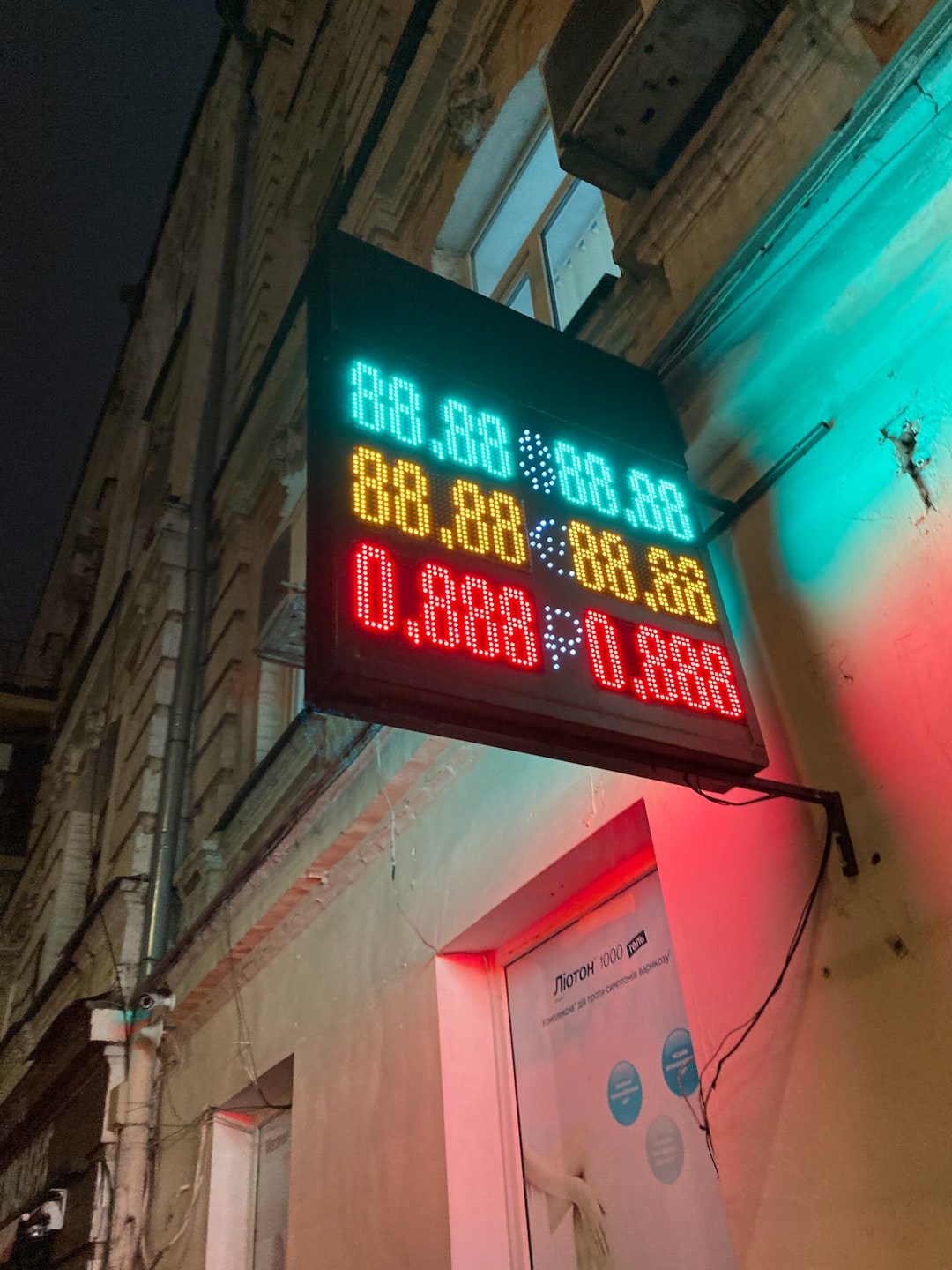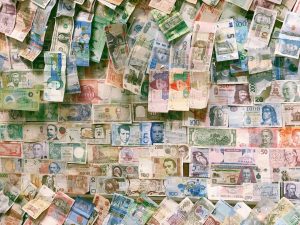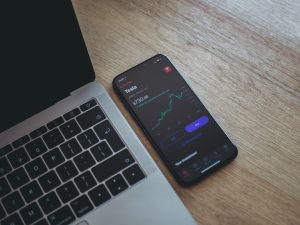Forex trading is an exciting and potentially profitable venture. With trillions of dollars traded daily, the forex market is the biggest financial market globally. However, the market is not without its challenges, and one significant challenge traders face is market manipulation. Market manipulation refers to the deliberate attempt by market participants to influence the price of an asset artificially. In the forex market, market makers are the primary culprits of market manipulation. So, how do market makers manipulate forex?
Market makers are financial institutions that provide liquidity to the forex market. They achieve this by quoting bid and ask prices at which they are willing to buy and sell currencies. As such, market makers play a critical role in ensuring that the forex market remains liquid, efficient, and transparent. However, market makers can also use their position to manipulate the market for their benefit.
One way market makers manipulate forex is through spread widening. A spread is the difference between the bid price and the ask price. Market makers earn their profits by buying currencies at the bid price and selling them at the ask price. Therefore, market makers can widen the spread to increase their profits. For instance, if the bid price for the EUR/USD currency pair is 1.1000, and the ask price is 1.1001, the spread is 1 pip. If the market maker decides to widen the spread to 2 pips, the new bid price would be 1.0999, and the ask price would be 1.1002. Consequently, traders buying or selling the EUR/USD currency pair would have to pay more for the currency, resulting in increased profits for the market maker.
Another way market makers manipulate forex is through stop-loss hunting. A stop-loss order is an order placed by traders to sell or buy a currency pair when the price reaches a particular level. Market makers can use their position to trigger stop-loss orders placed by traders. For instance, if a trader places a stop-loss order at 1.0990 for the EUR/USD currency pair, the market maker can manipulate the price to reach 1.0990, triggering the stop-loss order. The market maker can then buy the currency from the trader at a lower price and sell it at a higher price, making a profit.
Market makers can also manipulate forex by taking advantage of news releases. News releases such as economic data and geopolitical events can have a significant impact on the forex market. Market makers can use their position to take advantage of such events to manipulate the market. For instance, if a market maker knows that a particular news release will cause the price of a currency to rise, they can buy the currency before the news release and sell it after the price has increased. Conversely, if the market maker expects the price of a currency to fall after a news release, they can sell the currency before the news release and buy it at a lower price after the price has fallen.
Lastly, market makers can manipulate forex through order filling delays. Market makers can delay the filling of traders’ orders to manipulate the market. For instance, if a trader places an order to buy a currency pair at a particular price, the market maker can delay the execution of the order until the price reaches a higher level. By doing so, the market maker can sell the currency to the trader at a higher price, making a profit.
In conclusion, market makers play a critical role in the forex market. However, they can also manipulate the market for their benefit. Market makers can manipulate forex through spread widening, stop-loss hunting, taking advantage of news releases, and order filling delays. Therefore, traders need to be aware of market manipulation and take steps to protect themselves from such practices.





